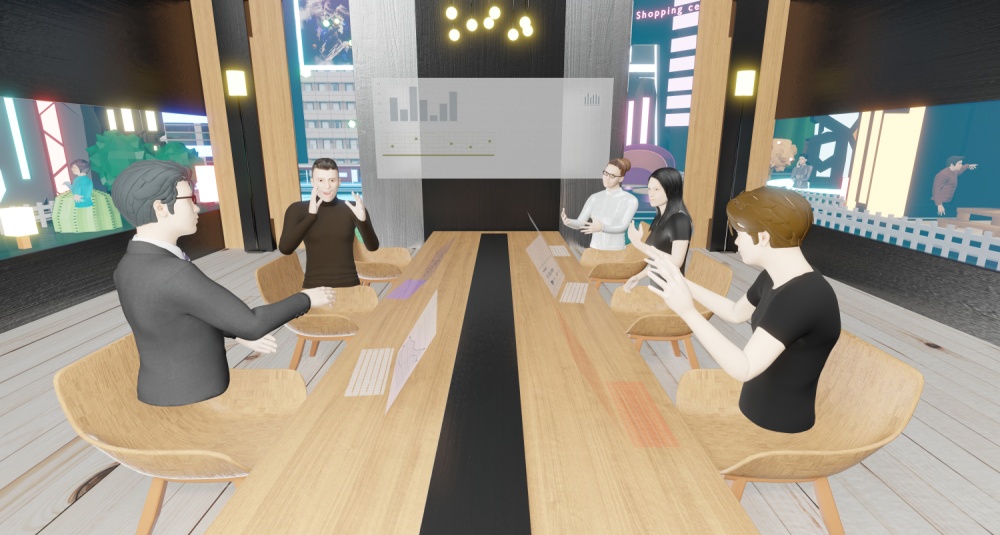
Virtual reality has had a tough time breaking through. Gamers enjoy it, but the bulky devices employed are a turn-off. Now programmers are turning their attention to using virtual reality in the workplace.
Thomas Brannen, senior analyst at OnConvergence, moderated a discussion called “Augmented and Virtual Reality: Redefining the Future of Work” at Future of Work Expo 2022. He noted that virtual reality was developed before people knew what to do with it.
“It was a solution looking for a problem,” he said.
With the migration to remote work, virtual reality has found a niche in the workplace. The issue, said Brannen, is that, “You can’t talk among yourselves in a video meeting.”
Using virtual-reality headsets that feature step-by-step instructions for any task, such as an elevator repair, “anybody can be an expert,” said Scott Carter, principal architect for spatial computing at AT&T Integrated Solutions and Consulting.
Visual-reality software is great for training. “Not only is it better than remote training, it’s better than in-person training,” Carter said.
He believed using virtual reality software for training increases an employee’s retention of the training.
Cater noted that visual-reality software helps front-line workers, where about 20% of IT spend usually appears. Types of visual reality software include:
- Augmented Reality (AR). An interactive experience where real-world objects are digitized and made accessible in a virtual environment.
- Visual Reality (VR). A simulated virtual experience that can mimic or re-create elements of the real world.
- Mixed Reality (MR). The merging of the real world with the virtual world, where physical objects and virtual objects can co-exist in real time.
- Extended Reality (XR). The superset of augmented reality, where everything is combined to create the digital metaverse.
“In the future, every company will be a technology company,” Carter said.
He said the two main reasons consumers cited for avoiding virtual reality flip-flopped during the pandemic.
First, costs came down, he said. Now you can get involved for around $250. Second, people got over their fear of being alone.
“Sales went through the roof during COVID,” Carter said
Bre Murray, founder and CEO at Hype Labs, agreed with Carter. Her company produces virtual reality and augmented reality software for gaming.
“My passion is making these experiences a lot more natural,” Murray said. “Augmented reality is great for people who don’t enjoy full visual reality.”
Nassim Houdjouji, CEO of Bublr. His company uses virtual reality software to offer community-based virtual meeting rooms. He said virtual reality meeting rooms can help with:
- Linking teams. With distributed workforces, people have difficulty getting together. Virtual reality offers a welcoming environment.
- Sharing visuals. It’s difficult to get everyone on the same page if they don’t have the same documents. Virtual documents can be shared.
- Increasing connections. Remote workers suffer from lack of community interactions. Houdjouji said workers need “water-cooler” conversations.
Virtual reality training also saves money because it reduces the need for travel for training events, he said.
Carter said the struggle right now is with the hardware.
“The biggest problems we see right now are the hardware prices and how people use the technology,” he said. “We’re solving today’s problem with yesterday’s technology.”
Murray says that’s coming. She says facial recognition within virtual reality is on its way, too. Allowing AI software to receive visual clues from facial expressions is good for communication, she said. “
It will allow for improved empathy,” she said.
Edited by
Erik Linask